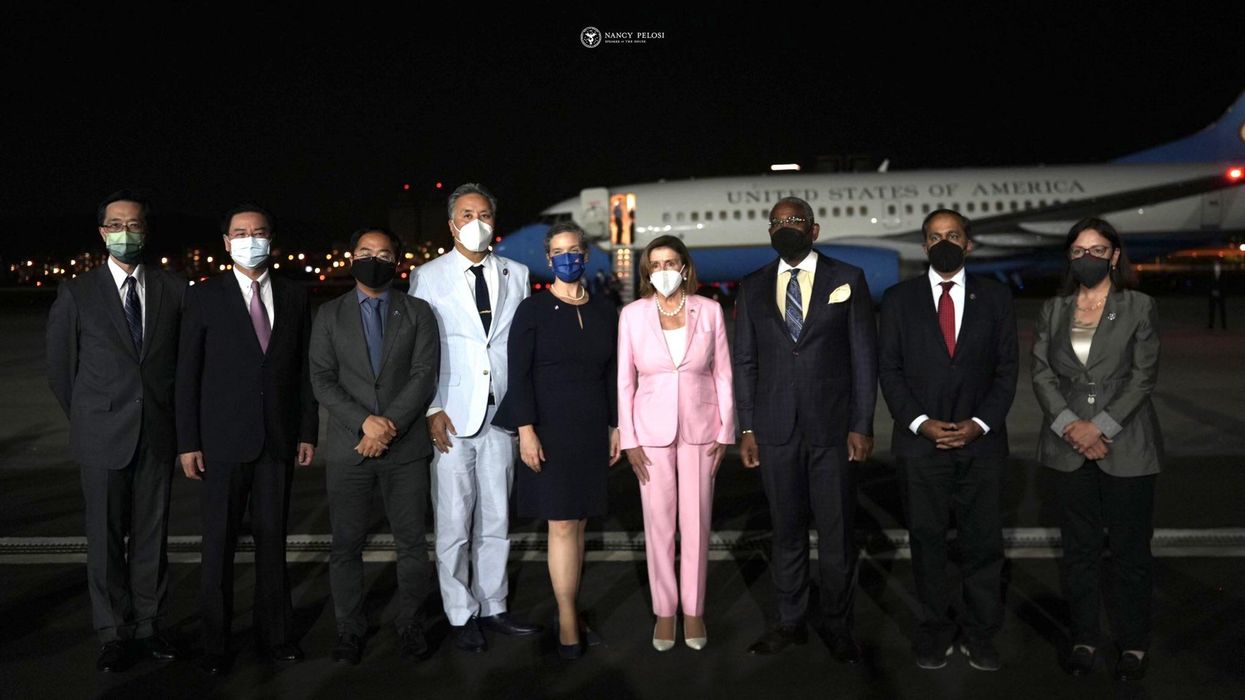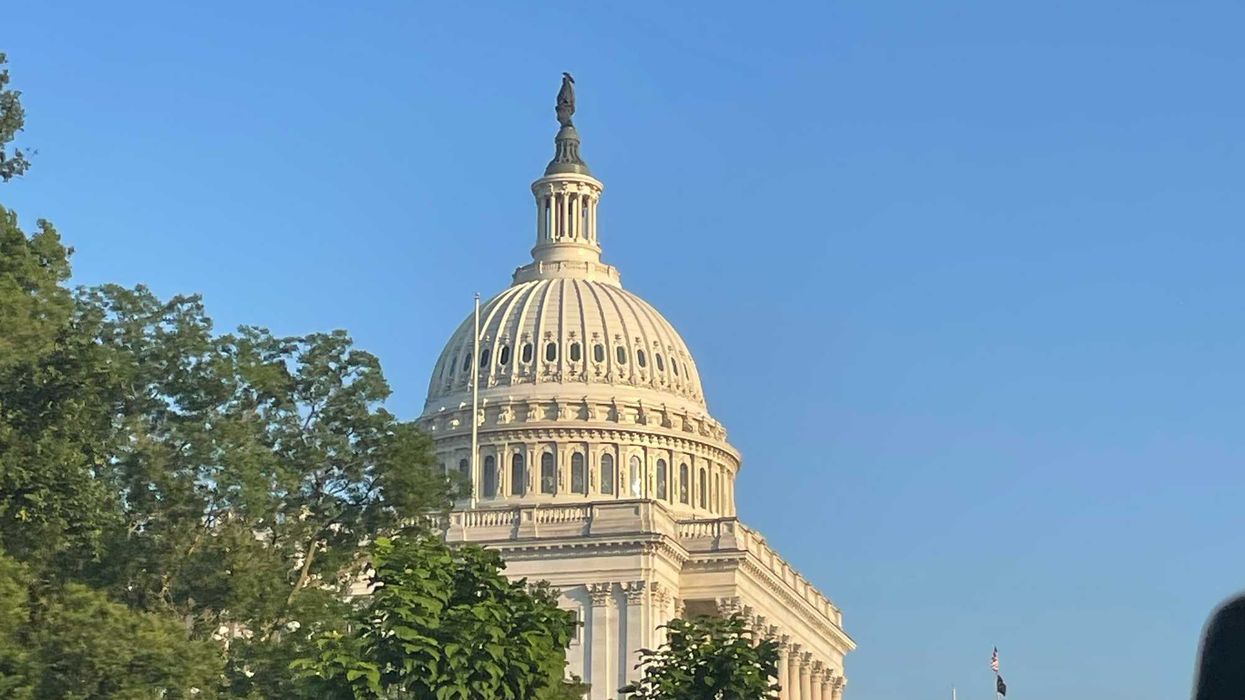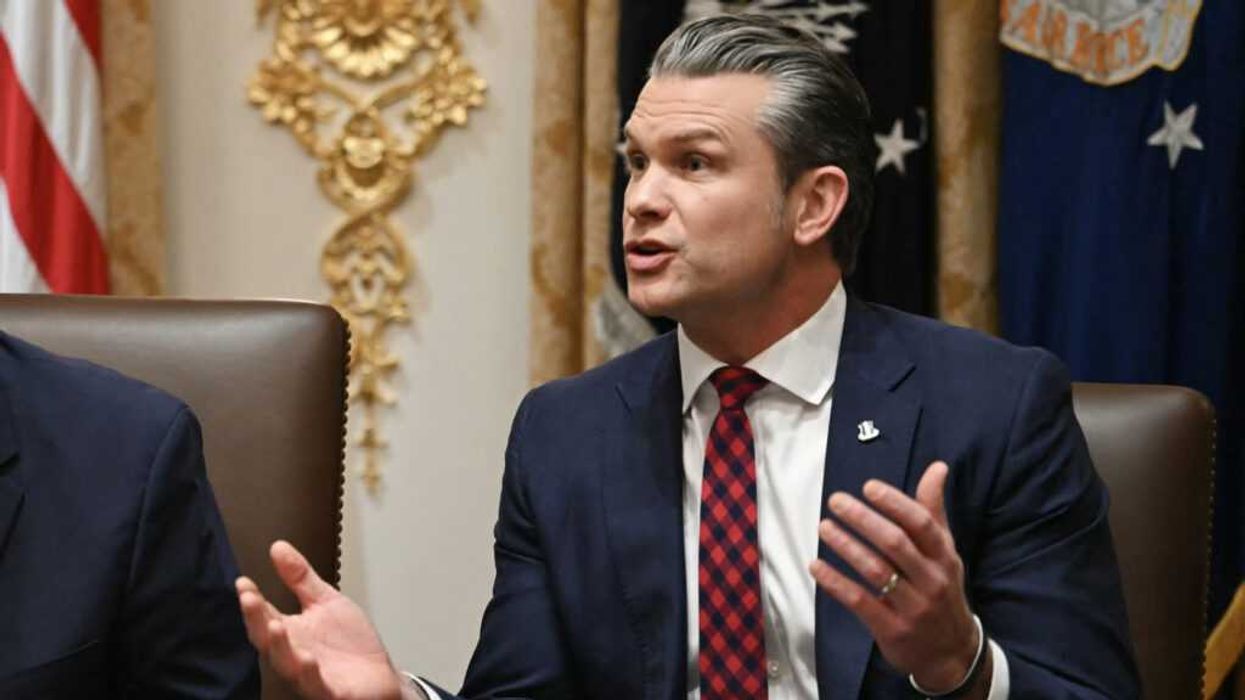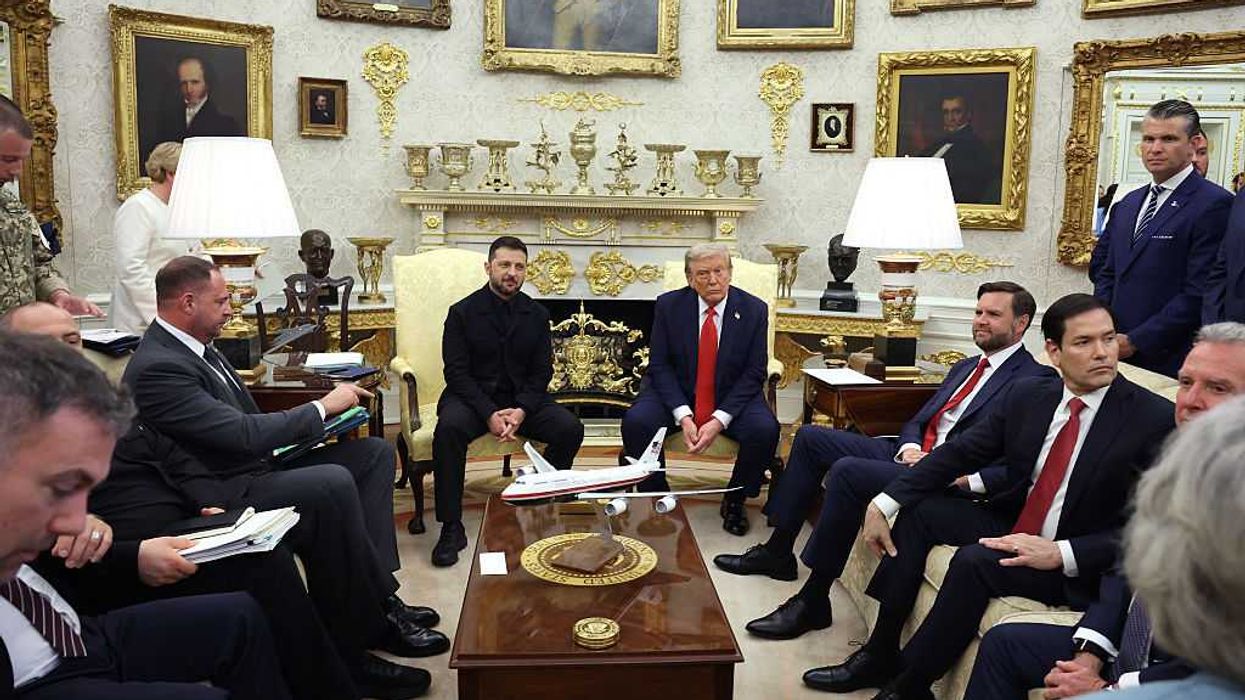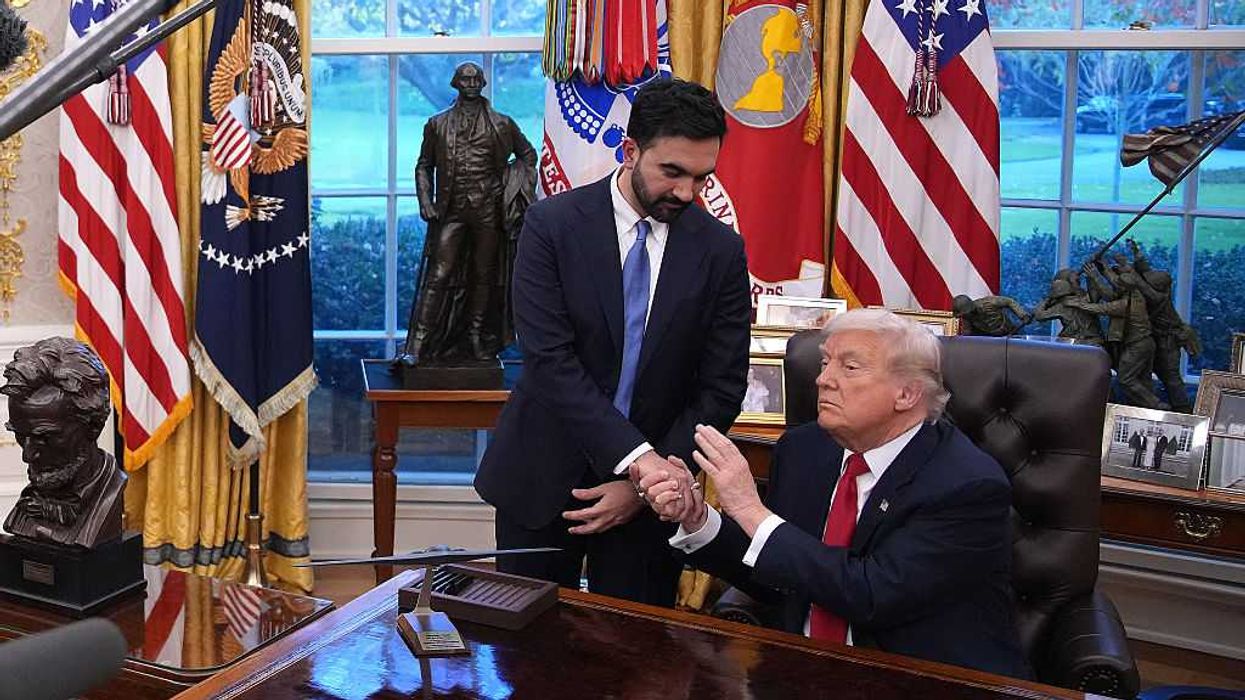Even though American democracy continues to face challenges from within and is on the decline, according to various studies, national leaders are continuing their efforts to support democracy abroad.
Within the past week, officials took steps to support the governments of Taiwan and Ukraine despite pressure from China and Russia to stay out of their respective neighborhoods. These actions, which garnered bipartisan support, stand in stark contrast to the polarizing battles over election administration, voting rights and investigations of the former president.
Tensions between Taiwan, China and the United States ratcheted up after Speaker Nancy Pelosi visited the island on Aug. 3, becoming the highest ranked U.S. official to visit Taiwan in 25 years.
China claims Taiwan is a part of its territory while other countries, including the United States, believe it to be independent. The Taiwanese people have their own democratic government and a capitalist economy, a sharp juxtaposition from China’s communist system.
Pelosi’s visit has been labeled by some as “ reckless and provocative ” by some, although she defended the trip as a symbol of U.S. solidarity with, and support for, Taiwan, arguing that her “visit should be seen as an unequivocal statement that America stands with Taiwan, our democratic partner, as it defends itself and its freedom.”
China has threatened to unify Taiwan with the mainland using its military authority many times in the past several decades. The threat has taken on a whole new meaning following China’s crackdown on pro-democracy protests in Hong Kong in 2019. In the few years that have passed, more people have taken China’s warning to heart, especially Taiwanese people and the United States.
Pelosi’s visit came at a time where China’s authoritarian tactics have become increase, with the government censoring journalists, limiting free speech, spreading misinformation, and seemingly committing human rights violations in Hong Kong and through the Uyghur genocide.
China has retaliated against the speaker’s visit by firing several missiles into the waters surrounding Taiwan and launching large-scale military drills around the island on Thursday. In their attempts to further deepen the divide between the mainland and the US, Beijing officials announced that they were ending cooperation with the United States on topics including climate change and military issues.
However, the conflict has created some unity among Democrats and Republicans. Several lawmakers from both parties urged Pelosi to carry out her plan to visit Taiwan in the face of China’s threats. The chairman of the Senate GOP’s campaign committee, Rick Scott of Florida, said: “I think it’s important that we go over there and tell Taiwan that they are an important democratic ally. We ought to be clear there is no ambiguity that we will support them if they get invaded by communist China.”
Several Democrats echoed this sentiment. “Nobody should not go someplace because the Chinese government — which is guilty of genocide — is speaking in threatening terms,” said Rep. Jim McGovern of Massachusetts.
Pelosi also claimed that China’s Communist Party is a threat to democracy and drew parallels between the Taiwan-China conflict and Russia’s invasion of Ukraine, writing: “I conveyed to President Volodymyr Zelensky that we admired his people’s defense of democracy for Ukraine and for democracy worldwide.”
And on Monday, the Pentagon announced it would be sending another $1 billion worth of military equipment to Ukraine, to further its defense against the ongoing Russian invasion. That brings the total financial support for Ukraine, since the invasion began, to approximately $9 billion. And in general, both parties have been supportive of U.S. efforts to help Ukraine push back against authoritarian Russia.
However, here at home, democracy has seen better days. According to the most recent Freedom House report, countries under democratic rule have been declining over the past 16 years; with authoritarianism on the rise. And the United States continues to drop in the rankings. More broadly, 38 percent of the world’s countries are considered to be “not free” or under some sort of undemocratic government compared to only 20 percent of the countries that are considered “free.”
Continued aggression from China and Russia will determine the future of democracy in Taiwan and Ukraine.
According to Freedom House, “democratic governments need to strengthen domestic laws and institutions while taking bold, coordinated action to support the struggle for democracy around the world.”
While the United States has made conscious efforts to show political support for Taiwan by rallying behind the island, it has not made substantial changes in actual foreign policies that uphold democracy abroad. The Biden administration has continually aided authoritarian militaries — like Saudi Arabia — despite publicly denouncing their decision to send airstrikes that killed civilians in March 2022.





